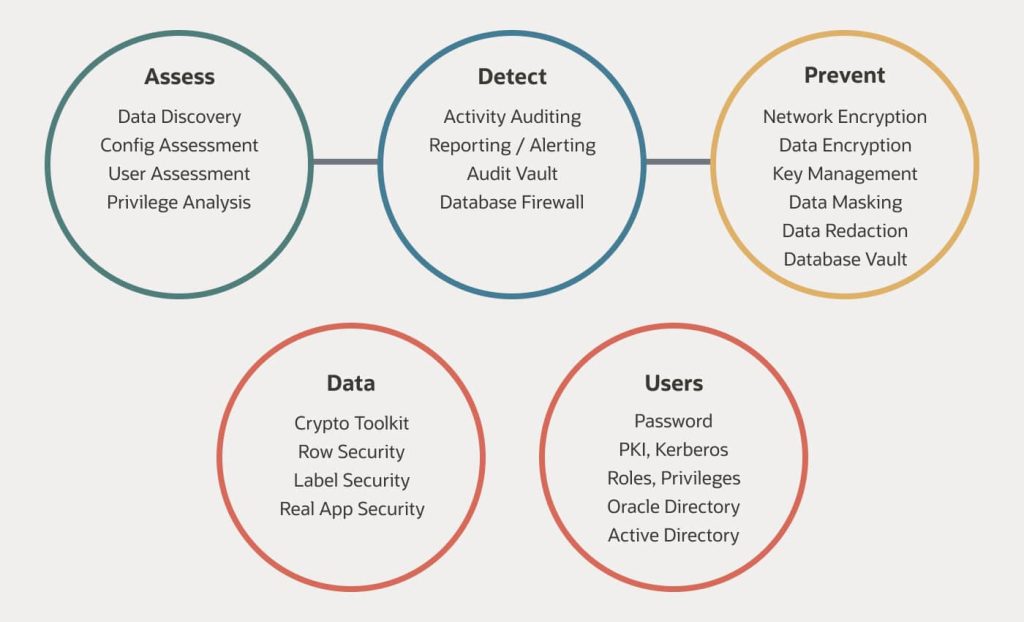Introduction
Disaster recovery is a critical aspect of database management that ensures business continuity in the face of unexpected events or system failures. In today’s digital age, where data is the lifeblood of organizations, the ability to recover quickly and efficiently from disasters is paramount. This blog post explores the importance of disaster recovery in database management and highlights key strategies and best practices to safeguard your valuable data.
Understanding Disaster Recovery
Disaster recovery refers to the process of restoring databases and their associated systems to a functional state after a disaster. It involves implementing strategies, policies, and procedures to minimize the impact of a disaster and recover data as quickly as possible.
Importance of Disaster Recovery in Database Management
1. Minimizing Downtime: Downtime can be costly for businesses, resulting in lost revenue, decreased productivity, and damaged reputation. Disaster recovery ensures that databases are quickly restored, minimizing downtime and allowing businesses to resume operations promptly.
2. Protecting Data: Databases often contain sensitive and critical information. Disaster recovery measures, such as regular backups and off-site storage, protect data from permanent loss or corruption, ensuring its availability even in the face of a disaster.

3. Compliance and Legal Requirements: Many industries have specific compliance and legal requirements regarding data protection and recovery. Implementing robust disaster recovery strategies helps businesses meet these obligations and avoid penalties or legal consequences.
Key Components of Disaster Recovery in Database Management
1. Backup and Recovery
Regular backups are essential for disaster recovery. Database administrators should establish a backup schedule that suits the business’s needs and ensure backups are stored securely. Additionally, testing the recovery process periodically ensures that backups are valid and can be restored successfully.
2. Redundancy and Replication
Redundancy involves creating duplicate copies of databases and storing them in separate locations. This ensures that if one database fails, the redundant copy can be quickly activated, minimizing downtime. Replication, on the other hand, involves synchronizing data between multiple databases in real-time, providing additional protection against data loss.
Summary
Disaster recovery in database management is the process of planning, implementing, and maintaining strategies to protect and recover data in the event of a disaster or system failure. It involves creating backup copies of databases, establishing redundant systems, and implementing robust recovery procedures to minimize downtime and ensure business continuity.
Organizations rely heavily on databases to store and manage critical information, such as customer data, financial records, and operational data. Any disruption or loss of this data can have severe consequences, including financial losses, reputational damage, and legal implications. Therefore, having a comprehensive disaster recovery plan is essential to mitigate these risks and ensure the smooth operation of business processes.
A well-designed disaster recovery plan includes regular backups of databases, both onsite and offsite, to protect against data loss caused by hardware failures, natural disasters, or cyberattacks. These backups should be tested periodically to ensure their integrity and effectiveness in restoring data. Additionally, organizations should consider implementing redundant systems, such as failover servers or cloud-based solutions, to minimize downtime and provide continuous access to critical data.
Another crucial aspect of disaster recovery is the establishment of recovery time objectives (RTOs) and recovery point objectives (RPOs). RTO defines the maximum acceptable downtime after a disaster, while RPO determines the maximum acceptable data loss. By setting realistic RTOs and RPOs, organizations can prioritize their recovery efforts and allocate resources accordingly.
Regular training and drills are also vital to ensure that the disaster recovery plan is well-understood and can be executed effectively. Employees should be familiar with their roles and responsibilities during a disaster, and the plan should be updated regularly to reflect any changes in the IT infrastructure or business processes.
In conclusion, disaster recovery in database management is a critical component of ensurin click for info g business continuity.
- Q: What is disaster recovery in database management?
- A: Disaster recovery in database management refers to the process of ensuring business continuity by implementing strategies and procedures to recover and restore databases in the event of a natural or man-made disaster.
- Q: Why is disaster recovery important for businesses?
- A: Disaster recovery is crucial for businesses as it helps minimize downtime, protect critical data, maintain customer trust, and ensure uninterrupted operations even in the face of unforeseen events or disasters.
- Q: What are the key components of a disaster recovery plan?
- A: A disaster recovery plan typically includes components such as data backup and storage, regular data replication, system monitoring, off-site data storage, testing and validation procedures, and a clear communication plan.
- Q: What are the different types of database backups?
- A: The different types of database backups include full backups (complete backup of the entire database), incremental backups (backup of changes since the last backup), and differential backups (backup of changes since the last full backup).
- Q: How often should database backups be performed?
- A: The frequency of database backups depends on the criticality of the data and the rate of data changes. In general, regular backups should be performed daily or multiple times a day to minimize data loss in the event of a disaster.
- Q: What is the role of off-site data storage in disaster recovery?
- A: Off-site data storage involves keeping backup copies of databases at a separate location from the primary data center. This ensures that even if the primary site is affected by a disaster, the data can be recovered from the off-site location, enabling business continuity.
- Q: How often should a disaster recovery plan be tested?
- A: A disaster recovery plan should be tested regularly, ideally at least once a year or whenever significant changes are made to the infrastructure or systems. Testing helps identify any weaknesses or gaps in the plan and allows for necessary adjustments to be made.
- Q: What are some common challenges in database disaster recovery?
- A: Common challenges in database disaster recovery include ensuring data integrity during the recovery process,



